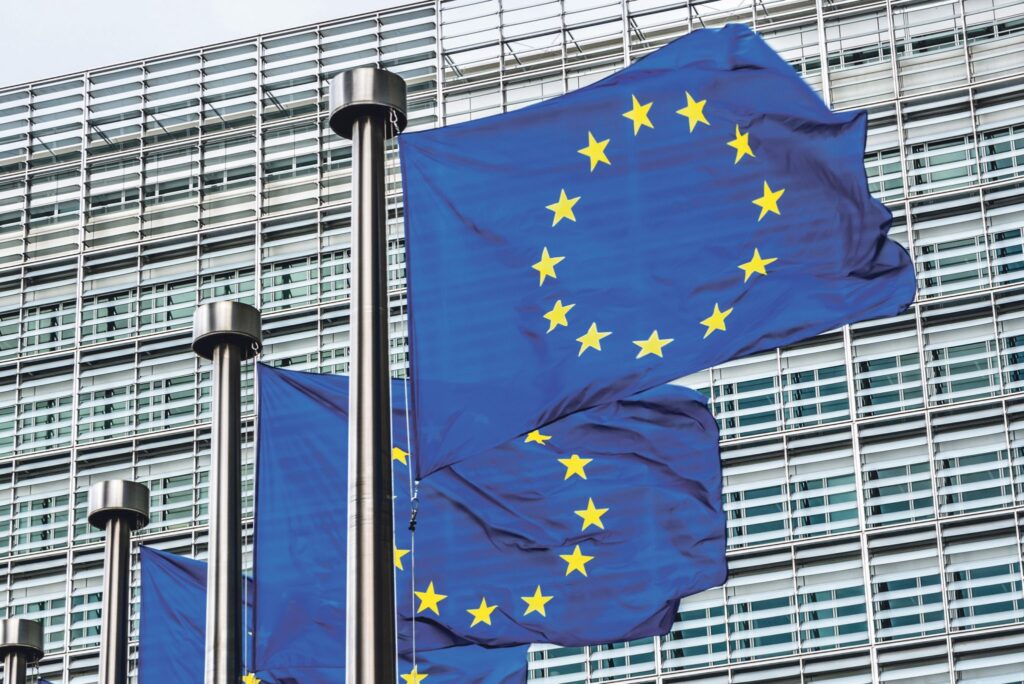Sustainability

EU taxonomy – rulemaking for sustainable investments
Flemming Østergaard
The EU generally places a high bar on environmental requirements etc., which tend to end up affecting the world, as other countries are eager for access to the world’s largest trade zone – the Brussels effect, as the American professor Anu Bradford has dubbed it. This also applies in this case. EU is leading the way.
The “Action Plan for Financing Sustainable Growth” was presented by the European Commission in 2018 based on the Paris Agreement (2015) on Climate Change and the UN’s 17 Sustainable Development Goals (SDG). The aim of the action plan is to channel capital flows towards a more sustainable economy; to create standards and labels for green financial products; to integrate sustainability risks into risk management and to promote transparency and the long-term perspective of investments.
CSRD replaces NFRD
Regulatory technical standards (RTS) must establish the criteria for when an economic activity is environmentally sustainable. The Corporate Sustainability Reporting Directive (CSRD), a stricter replacement for the Non-Financial Reporting Directive (NFRD), is the directive that makes sure to set several requirements for companies’ reporting on sustainability. It must ensure that asset managers such as investment funds and pension funds receive the necessary data to be able to document how sustainable their financial products and funds are.
However, negotiations on the details of CSRD are still ongoing between the Council of the European Union, the European Parliament and the European Commission and many amendments are under consideration. A proposal from the European Parliament in mid-March implies more detailed and stricter requirements, but also that it should be voluntary for SMEs, which in WWF’s interpretation means that only 0.2 per cent of EU companies are covered.
The German Sustainable Finance Research Platform has called for the inclusion of SMEs in the scope of CSRD to avoid major data gaps in key sectors. Excluding SMEs will hinder access to sustainability information on the companies – a problem for the financial industry but also the large companies within the scope of CSRD as SMEs are part of the large companies’ supply chains. The large companies are therefore likely to require SMEs to account internally for the relevant data and initiatives so they can use it in their own reporting. In any case, the CSRD is an important element, because the directive must provide the necessary data for the two important regulations that investors must be aware of. The Taxonomy Regulation, which concerns the environment and the Sustainable Finance Disclosure Regulation (SFDR).
Taxonomy Regulation
The Taxonomy Regulation specifies the overall requirements that financial actors must consider when reporting on their sustainable activities.
- Climate change mitigation
- Climate change adaptation
- Sustainable use and protection of water and marine resources
- Transition to a circular economy
- Pollution prevention and control
- Protection and restoration of biodiversity and ecosystems
The taxonomy implies that an activity in a company can only be called environmentally sustainable if it contributes significantly to at least one of the six environmental goals and does not significantly harm any of the other goals. Initially, only RTS for the first two goals of the Taxation Regulation will come into force – due to delays, the timeline now says January 2023. Later in 2023, maybe, the RTS for the other four goals will be determined.
SFDR is at play already
However, the disclosure regulation for financial players, SFDR, already entered into force on March 10, 2021. Meaning that financial players like pension funds and investment funds must report based on disclosure regulation before the technical standards are in place. The regulation means that all investment products and funds must be classified into three categories according to their approach to sustainability. Under this scheme, the asset managers themselves must give their funds one of the three labels.
Article 6 is awarded to funds that have no or little focus on sustainability. This does not mean that there are no sustainable aspects. However, the investments follow the individual asset manager’s general policy for responsible investments, which can be quite different in various funds.
Article 8 is for funds that take sustainability into account in the process by promoting environmental, social, or managerial issues. These funds are certified as light green.
Article 9 concerns the funds that have specific sustainability objectives. In other words, sustainability is an integral goal of Article 9 funds, which are certified as dark green.






